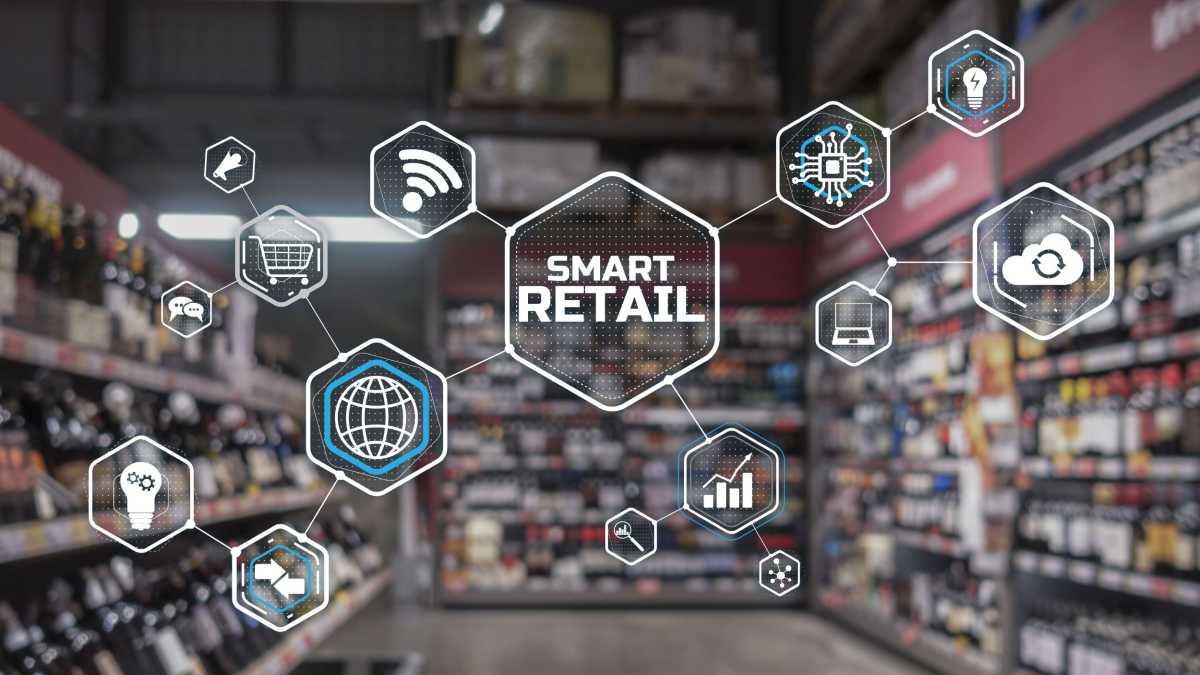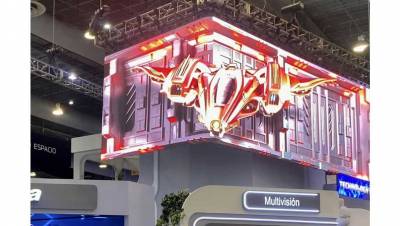Latin America. Today, retailers face a major challenge: adapting to consumers' new shopping habits. The abundance of digital channels has created multiple options, where consumers can consult information and purchase any type of product or service. The result is that 75% of customers want a borderless shopping experience across all channels.
However, there are still brands that use traditional strategies that often fall short and fail to provide a consistent and personalized shopping experience to these increasingly demanding customers. This lack of consistency can lead to consumer frustration and lost sales.
A recent study of 2,150 people aged 16 and older found that 77% of participants have already purchased products from the same brand on more than one channel. In the youngest, this figure rises to 83%. This means that the new consumer's journey goes through an infinite number of touchpoints. A person can get information about a product, service, or even a brand, on review sites, social networks, or they can even ask for referrals from the closest contacts, search blogs and websites, or decide to go to the physical store, to ensure that their next purchase is worthwhile.
That's why smart stores are abandoning old strategies.
While challenging, omnichannel doesn't have to be a nightmare. Many opportunities emerge for retailers who are committed to such a strategy. This way of selling allows merchants to reach customers where they want to buy products, rather than forcing a journey that doesn't seem natural to them.
These customers, on the other hand, end up spending more on brands with a smart omnichannel strategy. It may be easier to measure variables in each channel, individually. But integrating them into an omnichannel approach is the only way to keep up with the rapid pace of change.
Benefits of Embracing Omnichannel
● Optimizes the customer experience: By delivering seamless and consistent information across multiple channels, businesses can improve the customer experience and exceed customer expectations.
● Increases loyalty: Omnichannel helps create a closer relationship between the customer and the brand, which can reduce the churn rate and increase repurchase.
● Intensifies operational efficiency: By integrating the different sales and customer service channels, businesses can improve operational efficiency and reduce costs.
● Expands business visibility: By collecting data from multiple channels, businesses can have a more complete view of customer behavior and improve decision-making regarding marketing, sales, and operations.
● Increases sales: by being able to shop anytime, anywhere, and provide a more personalized shopping experience.
Today's customers want more detailed customization of brands. Around 62% of consumers believe that companies can offer a better service by tailoring the shopping experience according to specific needs. Through purchase history, browsing behavior, demographic information, and more, it is possible to identify each customer's preferences. To reach this fraction level, the well-known segments of one, it is necessary to rely on state-of-the-art technology.
A business with goals for the future and an appetite to increase its sales and a latent need to keep costs under control, must adopt the necessary tools to be present in all possible channels, but integrated into a network where everyone shares consistent product information and facilitates the user's buying journey.
The interesting thing about the process is that everything starts from the warehouse. This business asset, which for years has been taken as a cost center, takes on a strategic role, as it drives the business to omnichannel sales.
How can we make omnichannel your greatest competitive advantage?
The current economic context has transformed the role of a warehouse in business strategies. For retailers, it's not just a storage space. It means the difference between success and the death of the company. If they underestimate sales, there is a breakdown and the customer goes to another store, either physical or digital. If they overestimate them, the working capital is compromised.
Enter the WMS. With a warehouse management system (WMS), software that allows you to monitor and manage the day-to-day activities of a warehouse or distribution center, it is possible to control the flow of inventory from receipt to shipment, providing real-time visibility of goods stored and in transit.
In addition to managing inventory, a WMS optimizes processes such as picking, packing, resource allocation, and data analysis, improving efficiency and accuracy throughout the supply chain. It is a valuable tool for improving productivity and decision-making in logistics.
Implementing the right WMS can provide us with data that helps us take:
· Smart Decisions: Access a complete and up-to-date view of your inventory, making decisions that maximize your efficiency.
· Advanced automation: Ensure constant availability of your products by optimizing effortless replenishment.
· Accuracy and speed: Improve the accuracy and speed of picking and packing processes, exceeding your customers' expectations.
· Cost reduction: Significantly decrease operating expenses by investing where it really matters.
With warehouse operations more complex than ever, having up-to-date functionalities to keep up with the latest trends and customer requirements is key to growing your business.
For example, Infor WMS has delivered favorable results in industries where it has been implemented: nearly 100% inventory accuracy, increased productivity by 25%, reduced operating costs by up to 20%, and improved customer satisfaction by up to 15%.
Increasingly, companies are looking to permanently adopt new fulfillment models in an increasingly complex logistics context, so new inventory management strategies are needed. As a result, the need for integration between automation and warehouse management systems has become more prevalent than ever.
As business models continue to change, organizations will begin to explore other areas of execution by integrating planning, artificial intelligence, and automation. Developing a digitalization strategy that is supported and scaled by a WMS will be a key factor in driving operational success.
Analysis by Alejandro Luna, Country Manager of Infor Mexico.


























Leave your comment